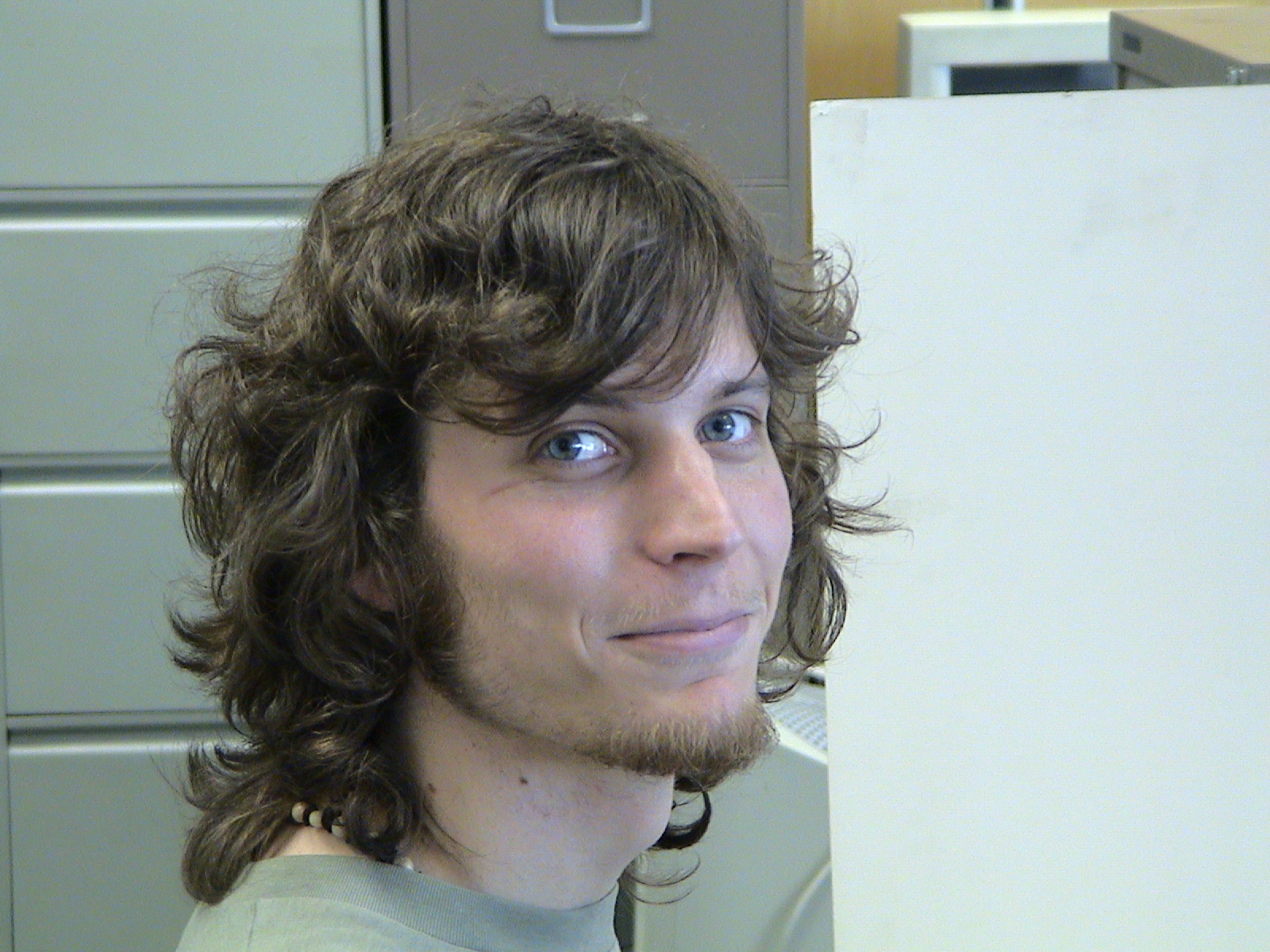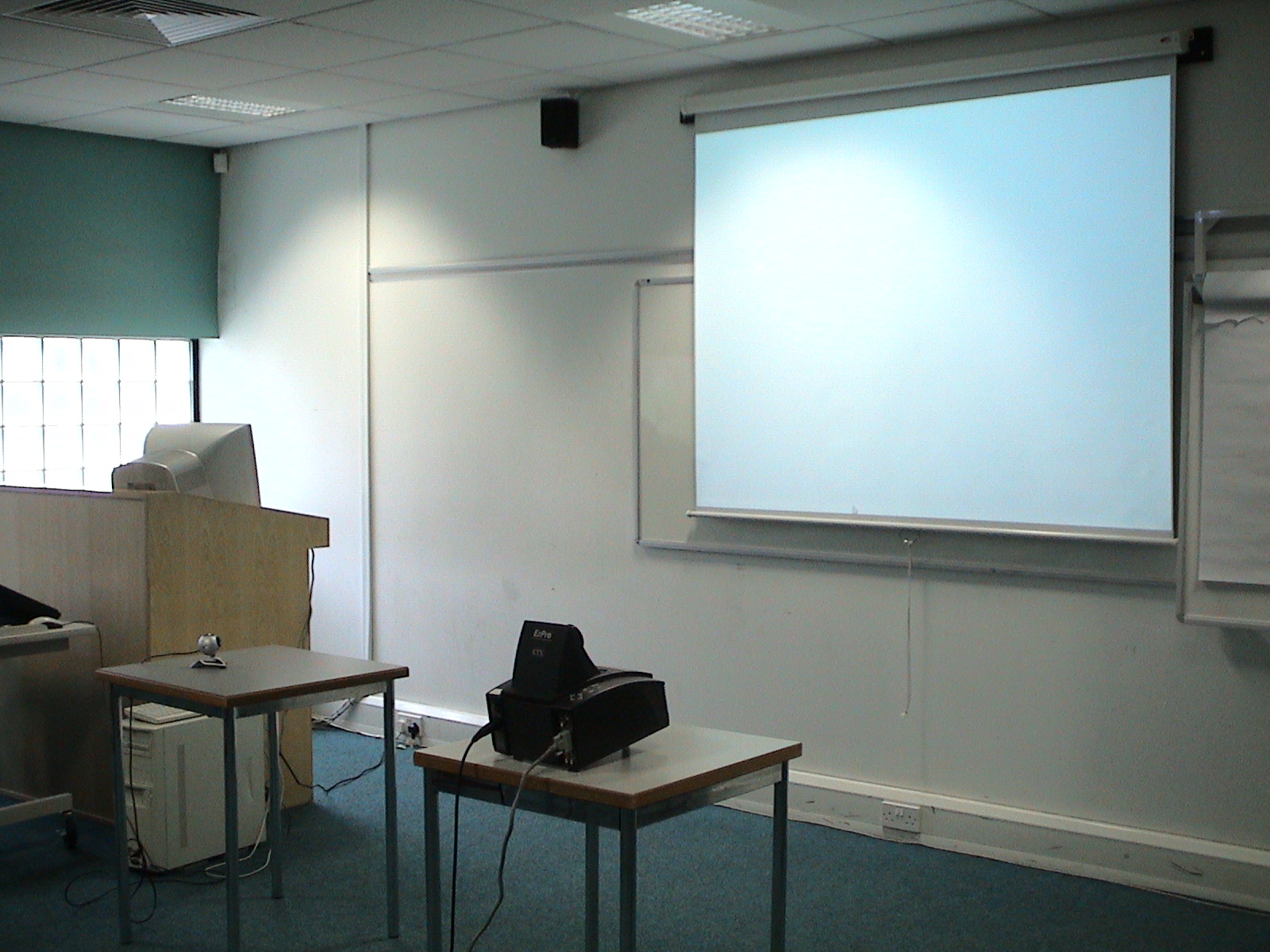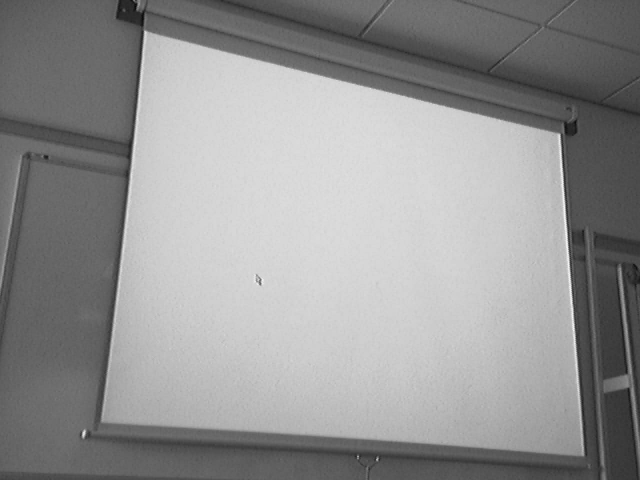Interactive Camera-Projector System
m (→External Links) |
m |
||
| Line 11: | Line 11: | ||
The vision system uses the [[Mimas|Mimas real-time computer vision toolkit]] developed by the MMVL. | The vision system uses the [[Mimas|Mimas real-time computer vision toolkit]] developed by the MMVL. | ||
| + | |||
| + | ==How it works== | ||
| + | ===Mouse clicks=== | ||
| + | The [http://en.wikipedia.org/wiki/Standard_deviation standard deviation] of a few recent mouse-positions is used as | ||
| + | a criterion, wether the mouse is stationary or moving. If the mouse is stationary, a mouse click is issued. | ||
==Gallery== | ==Gallery== | ||
Revision as of 14:54, 26 June 2006
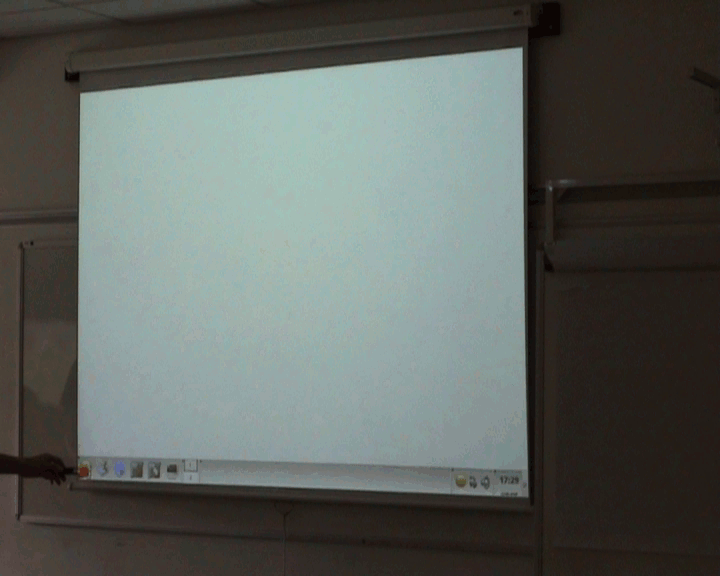 Accessing the KDE-menu using the system (2.72 MByte video) |
Contents |
Camera-Projector System
Application
A software for an interactive camera-projector system was developed by Juan Roldan at the Microsystem & Machine Vision Laboratory (MMVL) at Sheffield Hallam University, UK. The software is still under development, but it is planned to be released as open-source software in Q3 2006.
The software makes use of a low cost off-the shelf webcam that is calibrated against a standard projector screen. The webcam is used to determine the position of physical pointer (e.g. a pen) which is then used to virtually move the X11 pointer. Point-and-click functionality has also been implemented.
The vision system uses the Mimas real-time computer vision toolkit developed by the MMVL.
How it works
Mouse clicks
The standard deviation of a few recent mouse-positions is used as a criterion, wether the mouse is stationary or moving. If the mouse is stationary, a mouse click is issued.
Gallery
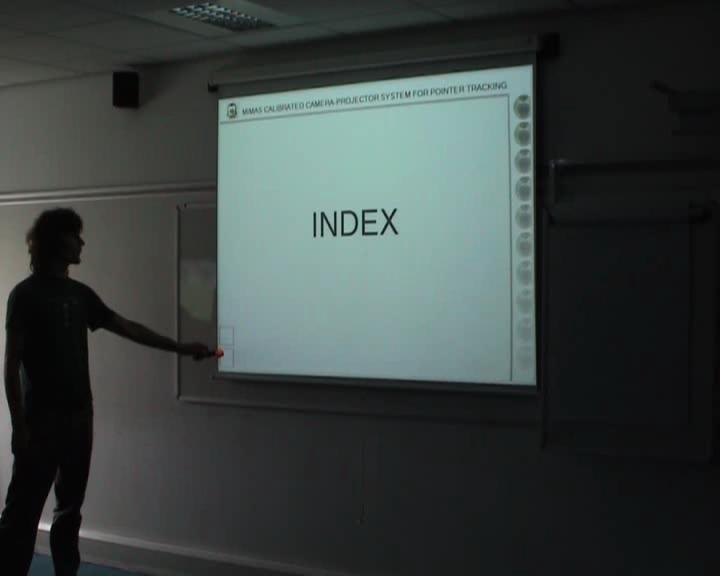 Long demonstration of the prototype-system (11.4 MByte video) |
 Short interactive slides presentation with the system (6.3 MByte video) | |
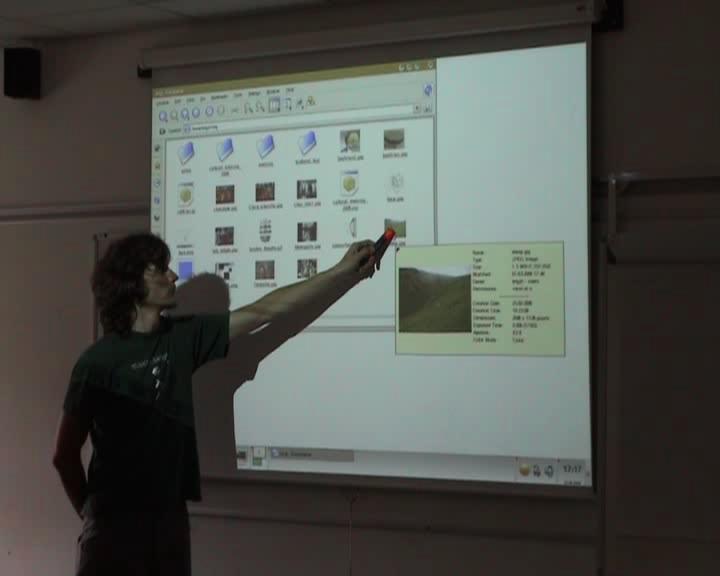 Browsing the file-system and trying to play minigolf (14.4 MByte video) |
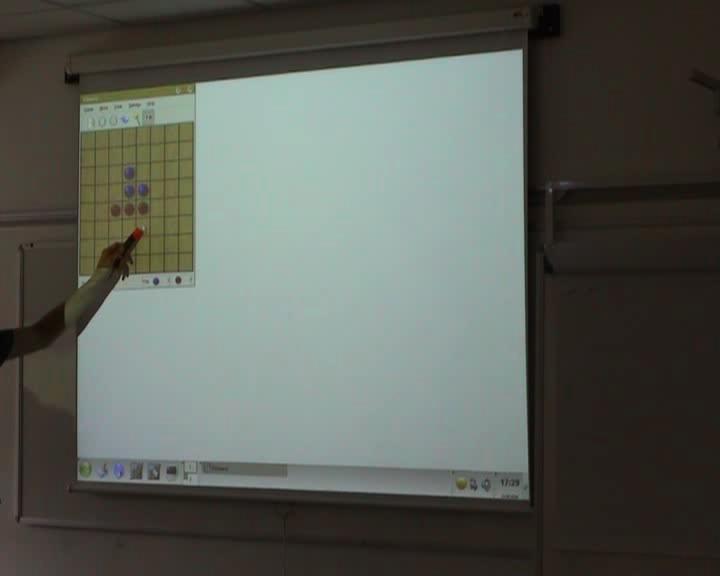 Playing Reversi against the computer (5.54 MByte video)) |
Downloads
The software still is under development, but it is planned to release it as open-source software Q3 2006.
